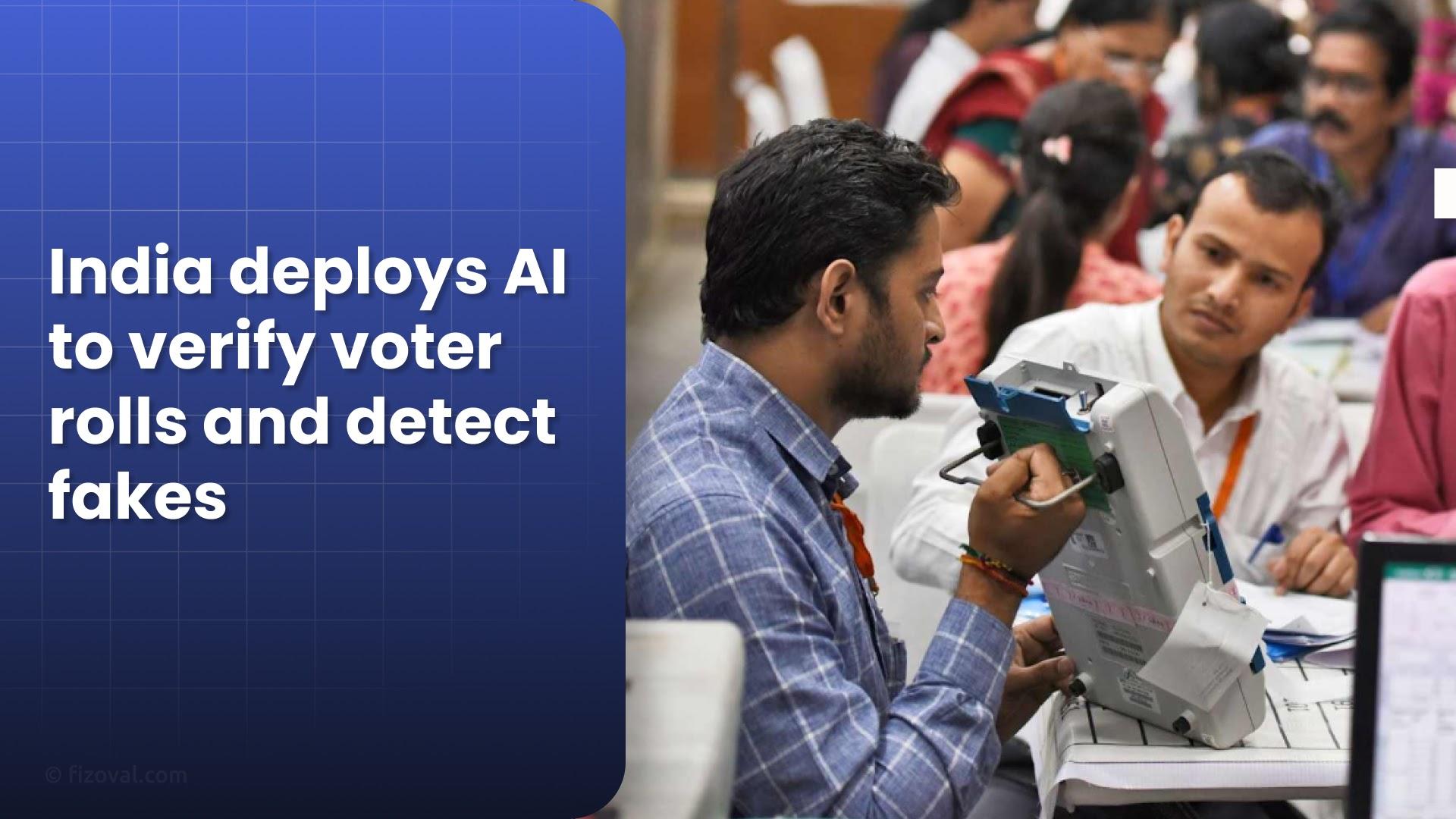"The Election Commission of India is now using AI tools to clean electoral rolls in West Bengal by identifying duplicate, fake, and deceased voters."
The Election Commission of India (ECI) has started using artificial intelligence to improve the accuracy of electoral rolls in West Bengal. This move comes during the ongoing Special Intensive Revision (SIR), which aims to ensure only verified and eligible voters remain listed.
Why is AI being used for voter verification?
Thousands of complaints were filed about fake entries, deceased voters, and repeated use of the same voter photographs—especially from migrant workers. To solve this problem efficiently, the ECI has introduced AI-powered analysis with two core tools:
- Demographically Similar Elector (DSE) – searches for duplicate registrations using personal details such as name, guardian’s name, and address.
- Photo Similar Elector (PSE) – uses facial recognition to detect similar photos used across multiple registrations.
Whenever the software detects potential mismatches or duplications, it flags the records for manual verification.
Does AI replace human verification?
No. AI assists, but Booth Level Officers (BLOs) still make final decisions. They verify cases flagged by AI through:
- Door-to-door visits
- Collecting signatures
- Capturing new photographs through a mobile app when submissions are unclear
Strict accountability remains in place — if a fake or deceased voter stays undetected after verification, the responsible BLO is answerable to the commission.
What challenges has the rollout faced?
Although AI promises accuracy, implementation hurdles have slowed progress:
- Less than 15% digitization of enumeration forms in some districts
- App server failures delaying uploads (reported in Chennai)
- Insufficient training for BLOs, especially for mobile-based documentation
- Mismatch between digital and physical records causing confusion for voters
The deadline for publishing the draft rolls is December 9, pushing officials to accelerate verification and training.
How does this compare with earlier Aadhaar-based cleanup?
West Bengal previously uncovered:
| Record Type | Count Found |
|---|---|
| Deceased Aadhaar holders on rolls | 3.4 million |
| Deceased non-Aadhaar voters on rolls | 1.3 million |
Several other states are now running AI-based pilot programs to evaluate nationwide rollout potential.
Will AI change how elections work in India?
Not immediately. But if West Bengal’s pilot succeeds, India may adopt AI-based voter verification across the country. This could establish a more secure and transparent democratic system while reducing electoral fraud.
FAQs
1. Does the AI automatically delete voter records?
No. AI only flags suspicious entries. Human verification decides the final outcome.
2. Will voter data be misused?
According to the ECI, all data is used only for verification and remains confidential.
3. Does facial recognition replace offline checks?
No. BLOs still perform physical verification and collect photographs directly when necessary.
References
- The Print – EC to use AI tools to detect fake, deceased voters during SIR in Bengal
- Deccan Herald – EC's AI Push: Bengal SIR to Flag Fake and Deceased Voters
- Economic Times – ECI deploys AI to detect duplicate voters across 12 states
- India TV News – AI facial checks to scan out fake, deceased voters

